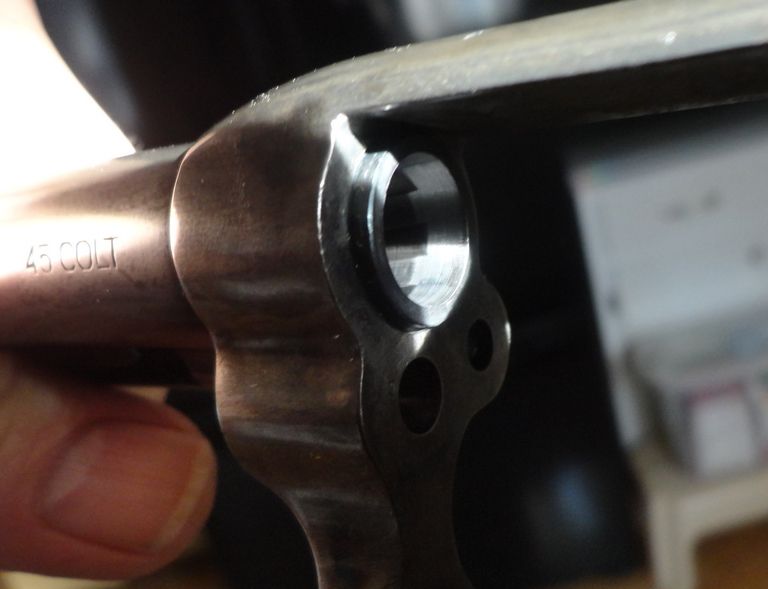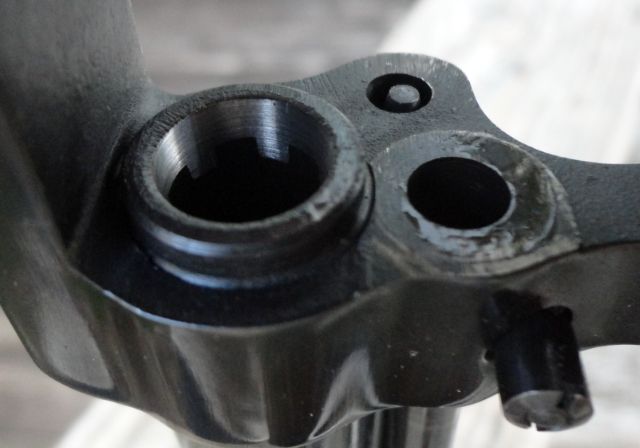This is my plan, will this work? I do not like the idea of just cramming a fishing sinker into a bore then measure it. So I got to thinking and want to know if this would work...
I could use a 44-40 casing and put a couple fishing sinkers in it.
Heat the casing to melt the lead.
After it cools I could remove the lead.
Shouldn't this produce a pretty much perfect tool to use to push down the bore of a 44-40?
My only other question is how do I measure the chamber? Heck, dumb question but where is the chamber of a revolver? Are we talking about the barrel end of a single cylinder chamber?

|
   
   
|


|



 Reply With Quote
Reply With Quote








 DougGuy
DougGuy








